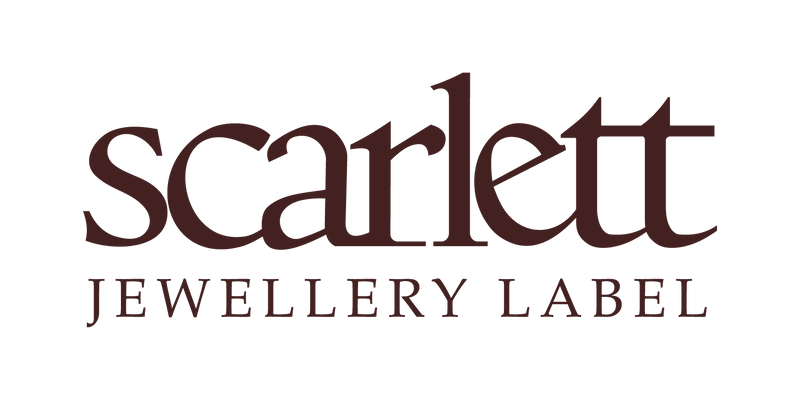Diamond Education
When buying a diamond, it is important to understand the basics. This guide breaks down the 4 C’s of diamond grading, so you can select your diamond with confidence.

“Carat” refers to the unit of weight used to measure diamonds and gemstones. There are 100 points in a carat. For example, a 0.70ct diamond weighs 70 points. Diamond price increases the larger the carat weight, although two diamonds of the same carat weight can have very different values, depending on the colour, clarity, and cut grades, as well as other factors.
When helping clients decide on what carat weight will be best for them, I bear in mind all the other elements of the 4 C’s, and select the largest size that will fall into their budget.

White diamonds are graded from D-Z, with D being absolutely colourless, and Z being tinted with a yellow, green, or brown hue. Most people will prefer the look of colourless or near colourless diamonds, which makes them the most valuable colour grades. The colour of slightly tinted diamonds is less obvious to the eye when set in yellow or rose gold, and will be more easily noticed when set in white gold or platinum.
Fancy coloured diamonds, such as pink diamonds, blue diamonds, and yellow diamonds are graded using different systems, and the more intensely saturated diamonds are more expensive. A fancy yellow diamond will have a clearly yellow appearance, whereas a diamond which is graded low on the D-Z scale can look dirty and off-white. Fancy coloured diamonds can be very expensive as they are incredibly rare.
Champagne diamonds are graded differently again, and are a little less expensive than high coloured white diamonds. Black diamonds are made by heating low-grade diamond rough, and are not graded on colour. They are significantly less expensive than white diamonds.
When selecting white diamond options for a client, I normally advise options ranging from D-G if they want an exceptionally white diamond. If they want a larger diamond for a lower budget, I would consider options ranging from H-K since they are a slightly lower price per carat.

Diamond clarity refers to the inclusions present within a diamond, and the blemishes on its exterior. Inclusion size, quantity, and placement will have an effect on the clarity grading, and therefore the value of a diamond. The size, quantity, colour, and placement of inclusions are all considered when assigning a clarity grade.
When the inclusions can’t be seen to the naked eye, the diamond is referred to as “eye clean”. A well-chosen SI1 can look just as beautiful to the naked eye as a flawless diamond, at a fraction of the price. Remember, you won’t be looking at your diamond under a loupe once it’s set in a piece of jewellery.
Flawless- VVS diamonds can be very expensive, and lower grades can be chosen to improve the price. A well-chosen SI2 brilliant cut can be eye clean, or very close to. I1- I3 diamonds cannot possibly to be eye clean, and will have obvious visible inclusions.
When I choose diamond options to show a client, I would usually recommend an eye clean SI1 or slightly higher for brilliant cut diamonds, or eye clean VS2 or slightly higher for step cut diamonds such as emerald cuts, since their straight facets make them easier to see into.

Cut grading considers the cut, polish, and symmetry of a diamond. Excellent and Very Good cut diamonds will have beautiful light return, meaning that the light that enters a diamond will bounce back out of the diamond towards the eye, causing it to sparkle. Good, Fair and Poor cut diamonds can lose light out of the diamond, resulting in a duller appearance.
For GIA graded Round Brilliant Cut diamonds, when the cut, polish, and symmetry grades are all excellent, the diamond is called Triple Excellent. The highest grade that can be given to fancy shapes is double excellent, when both the polish and symmetry grades are excellent. Fancy shapes are not assigned a cut grade, because they come in different length to width ratios. This makes it impossible to grade them with the same level of specificity as a round brilliant cut.
When sourcing diamond options, I will only choose excellent or very good cut diamonds.

Fluorescence is the light some diamonds emit when exposed to ultraviolet light. Some diamonds which are strongly fluorescent can appear hazy or oily in daylight, and other may not exhibit this effect.
Diamonds with medium to strong fluorescence are less expensive than diamonds with none to faint fluorescence. If choosing a diamond with medium to strong fluorescence, it is important to view the diamond in sunlight to see how the presence of fluorescence exhibits itself in that particular diamond.
Usually, I prefer to source diamonds with none to faint fluorescence, since there is no risk of negative characteristics. However, if a client is interested in a diamond with higher fluorescence, and they are happy with how it appears in sunlight, there is no reason why they shouldn’t choose that particular diamond.

